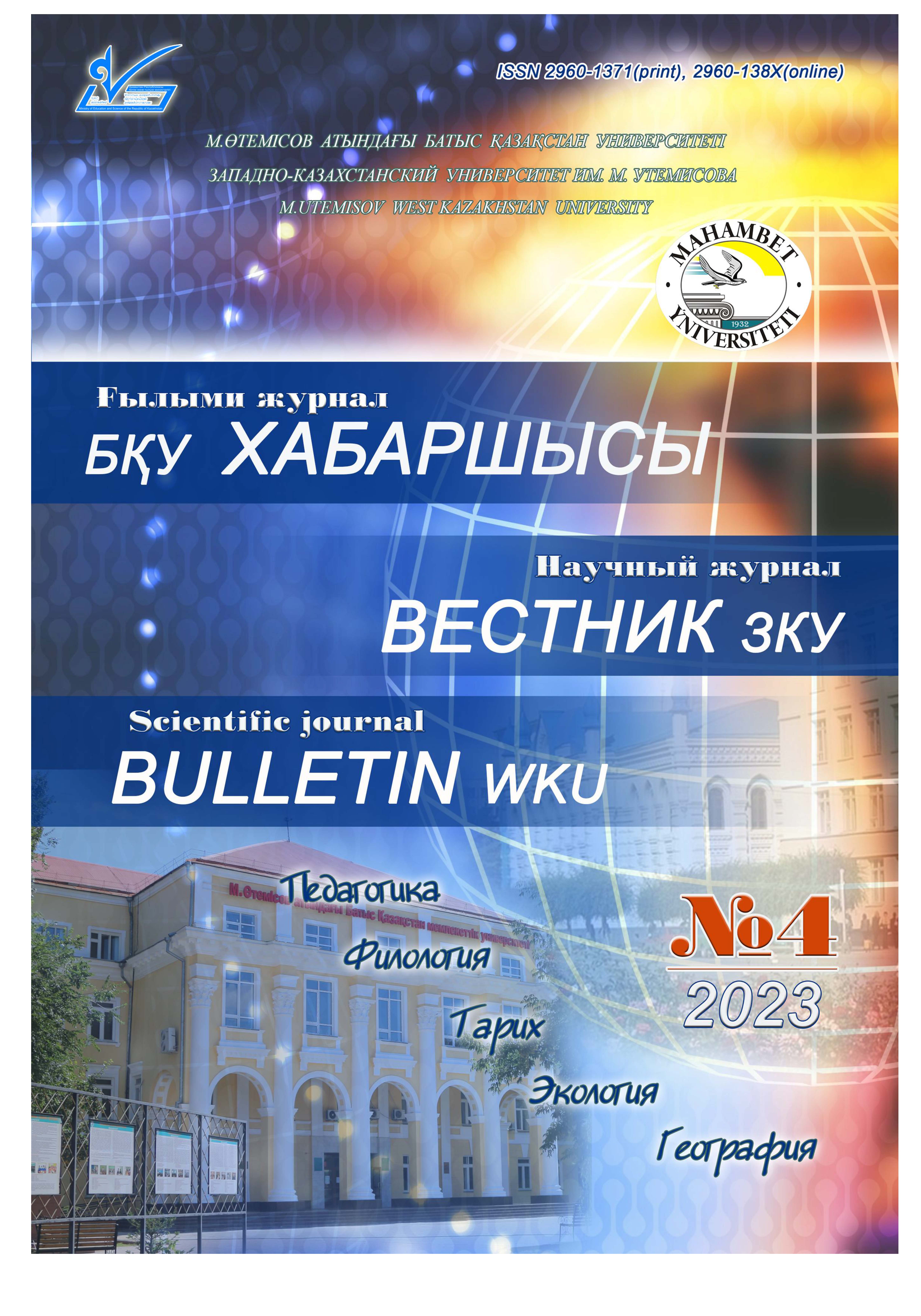STRUCTURE AND TERRITORIAL ORGANIZATION OF THE ECONOMY OF THE REPUBLIC OF GEORGIA
Abstract
Annotation. This article examines the issue of the structure and territorial organization of the economy of the Georgian state. In the structure of the country's economy, first of all, a characteristic of the current socio-economic situation of the country is given. As a result of the collapse of the USSR, stable development in the country reached a state of recession with the rupture of economic ties. The country's GDP has fallen to five times. The share of industry in agriculture has decreased, and the share of agriculture has increased. The state has established branches of fuel and energy, metallurgical, chemical and petrochemical, machine-building and metalworking, forestry and woodworking, light and food industries.
Currently, the share of agriculture is decreasing to a minimum, the share of agriculture is only 34 percent. The share of crop production in the country is 57 percent, and livestock production is 43 percent. The upland terrain has a negative impact on the dynamic development of crop production. Grapes, citrus fruits, persimmons, feijoa, figs, pomegranate, laurel and tea trees grow on the territory of the country. Cereals, potatoes, melons and forage herbaceous plants are also grown, and tobacco and sunflower are from industrial crops.
Dairy and meat cattle breeding, sheep breeding and goat breeding are established in animal husbandry.
Automobile, marine, pipeline, and air transport have been established in the country's transport complex.



